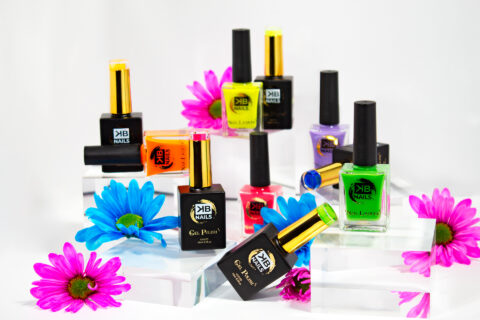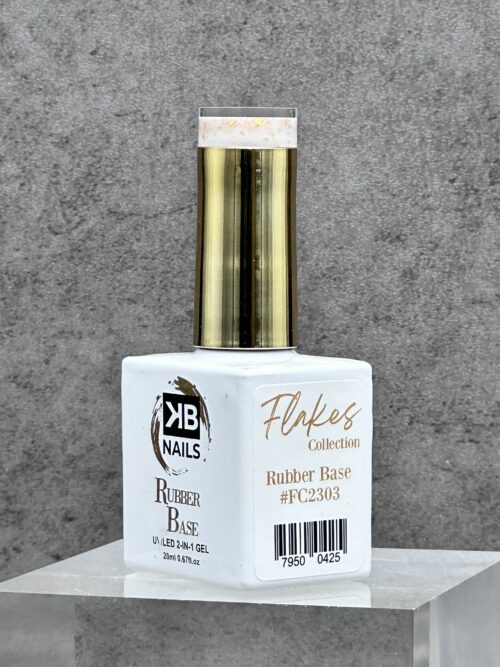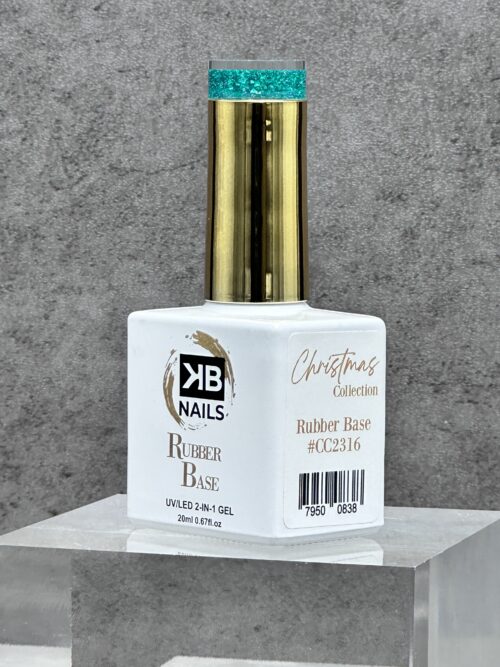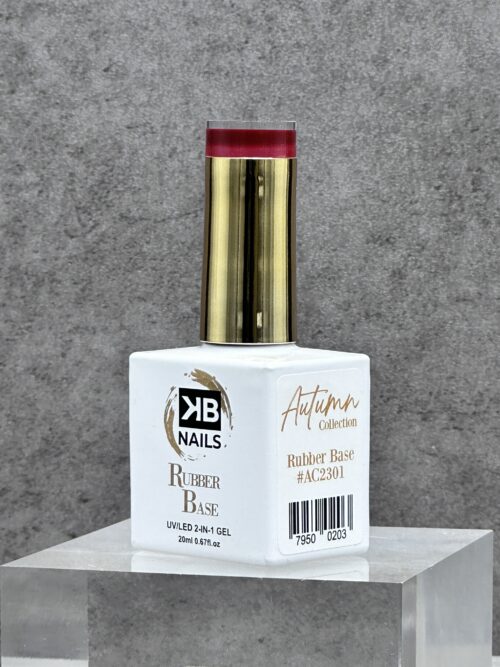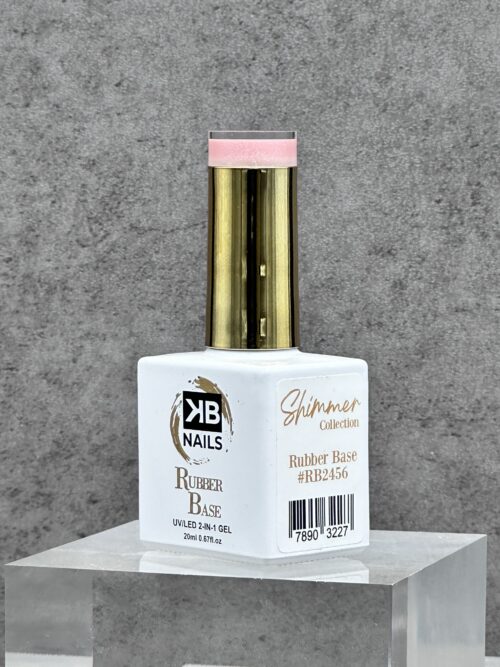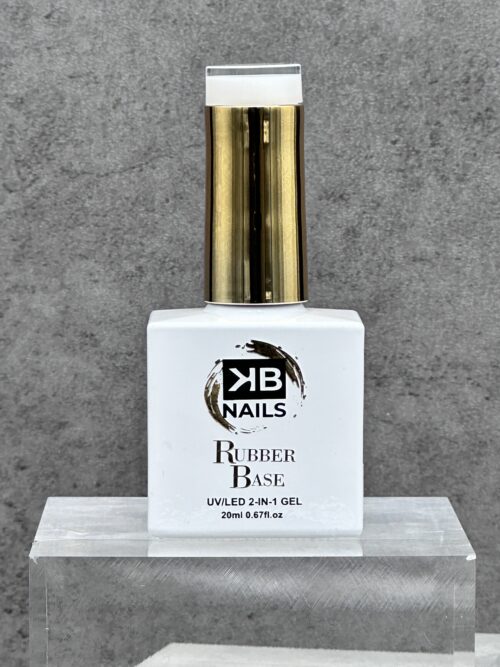Nail polish is one of the most widely used beauty products in the world today, but few know its incredible story. Long before nail salons or trending shades existed, natural pigments were used to decorate nails as a symbol of power, wealth, and style.
From Babylon to Egypt
The first records of painted nails date back to 3200 BC in Babylon, where warriors wore dark-colored polish before going into battle, as part of their look of power and intimidation.
In ancient China, around 3000 BC, nail color represented social class. Red and gold were reserved for the elite, while lower classes had to settle for neutral tones. Natural ingredients like egg whites, Arabic gum, and flower petals were used to create their formulas.
In Pharaonic Egypt, queens like Nefertiti and Cleopatra used red henna to tint their nails. Cleopatra even reserved the boldest shades exclusively for royalty. This was not just for beauty — it was part of a ritual of status and identity.
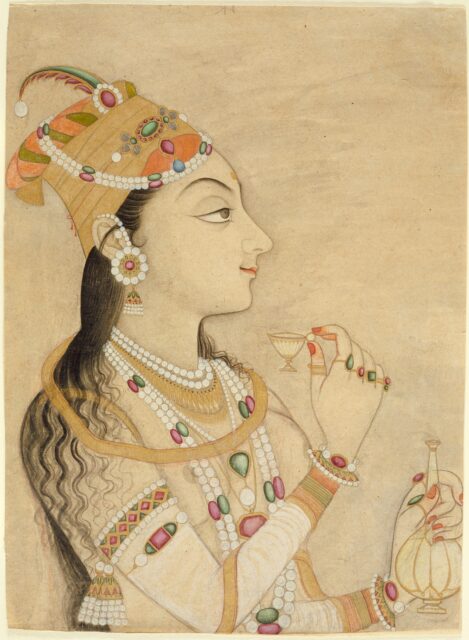
The Modern Revolution
It wasn’t until 1878 that modern nail polish took shape, thanks to Mary E. Cobb, who opened the first manicure salon in the U.S. Later, in the 1920s, the brand Cutex launched the first liquid nail polish, inspired by the shine of car paint.
Since then, nail polish has evolved with breakthroughs like acrylic nails, gel polish, dip powders, and non-toxic formulas.

A Living Art
Today, nails are a form of personal expression and a key part of modern style. Whether it’s minimalist design, rhinestones, or 3D art, nail polish still tells a story—just like it did thousands of years ago.




